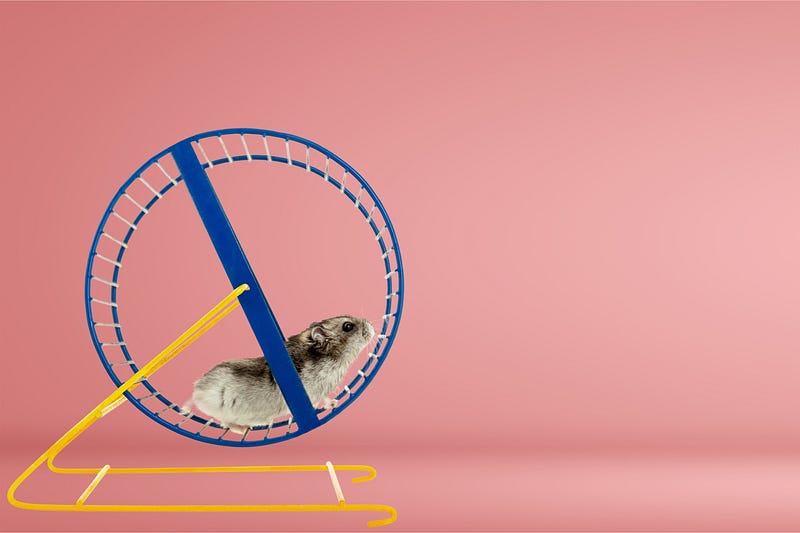From a smeared past to a successful future: Origin of Chinese hamster ovary cells
Urjita Tendolkar, Cell and Molecular Biology, 2020

Chinese hamster ovary (CHO) cells are pioneers of modern recombinant therapeutics. They are used as factories to churn out protein-based drugs to treat a wide range of life-threatening diseases. For any protein therapeutic to be successful, the host cell should be able to survive and grow in vitro with fast generation rates. CHO cells are fast growing and can be expanded for large scale cultivation to make large quantities of protein therapeutics. The ease of engineering CHO cells, along with their compatibility in vitro, makes them a sought-after mammalian host system to produce proteins of interest. In recent years, almost 70 percent of protein-based drugs were made using CHO cells.
The roots of using CHO cells in biomedical research can be traced back to a single truck full of Chinese hamsters in the middle of the Chinese civil war of 1948. Dr. Robert Briggs Watson, a physician studying malaria in China, knew how difficult it would be to transfer the native hamsters to New York to his colleague, Victor Schwentker, once the civil war gained momentum. Schwentker, a skilled rodent breeder, was curious about working with Chinese hamsters and wanted to breed them. Smuggling the hamsters across continents was their only option. Dr. Watson, with the help of Dr. C. H. Hu, was successful in transferring the hamsters to New York. Both individuals were later accused of war crimes, since it was believed that the hamsters were being smuggled to use as objects of bioterrorism against China.
The roots of using CHO cells in biomedical research can be traced back to a single truck full of Chinese hamsters in the middle of the Chinese civil war of 1948.
The infamous hamsters were then transferred to Victor Schwentker, who worked day and night to successfully breed the hamsters in captivity. After two years, he managed to establish the first colony of Chinese hamsters domesticated outside China. The word spread, and he began providing researchers with Chinese hamsters, starting the journey of using Chinese hamsters in biomedical research. In 1957, Dr. Theodore Puck at the Eleanor Roosevelt Institute for Cancer Research was successful in extracting a cell from the ovaries of a female Chinese hamster. He found that compared to cells from the spleen, lungs and kidney, the ovarian cells were highly proliferative and could easily be expanded in vitro. This isolation and expansion led to the establishment of the first ever CHO cell line. Since then, multiple CHO cell lines have been developed and used in research.
The smuggled hamsters eventually led to the emergence of a game changing therapeutic area of using CHO cells to manufacture life-saving drugs.
DOI: 10.1007/s00253–011–3758–5
Source: 1
